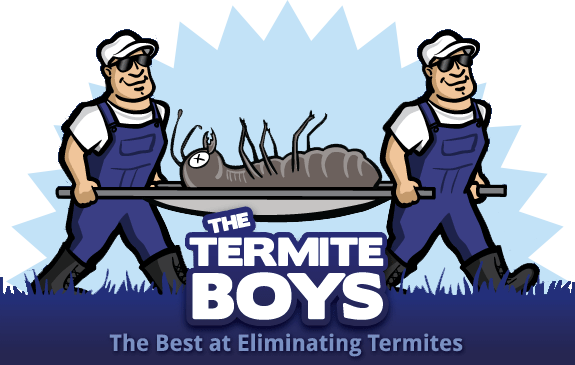If you own a home in Boston, you may be concerned about termites. Termites are destructive pests that can cause extensive damage to your property. In this article, we will discuss the signs that you may have termites in Boston and what you can do to prevent them from causing damage to your home.
Termites are a serious threat to homeowners in Boston. These pests can cause significant damage to the structure of your home, including walls, ceilings, and floors. In some cases, the damage can be so extensive that it compromises the integrity of your home.
What Are Termites?
Termites are small insects that live in colonies. They feed on wood and other materials that contain cellulose, such as paper and cardboard. There are three main types of termites: subterranean, drywood, and dampwood.
Subterranean termites are the most common type of termite in the United States. They live in the soil and build mud tubes to travel to their food source, which is often the wood in your home. Drywood termites, as the name suggests, live in dry wood and do not require soil to survive. Dampwood termites, on the other hand, live in moist wood.
Signs of Termites
Termites are difficult to detect, but there are a few signs that you can look out for:
Discarded Wings
Termites swarm during certain times of the year, usually in the spring and fall. During a swarm, termites will fly around, and you may see their discarded wings on the ground or on window sills.
Mud Tubes
Subterranean termites build mud tubes to travel from the soil to the wood in your home. These tubes are usually about the width of a pencil and can be found on the exterior of your home, near the foundation.
Hollow Wood
Termites eat wood from the inside out, so you may not notice the damage until it’s severe. If you tap on wood in your home and it sounds hollow, it could be a sign of termite damage.
Swarms
If you see swarms of termites inside your home, it’s a sure sign that you have an infestation.
Prevention
Preventing termites is easier than treating them. Here are some steps you can take to reduce your risk of a termite infestation:
Reduce Moisture
Termites are attracted to moist wood, so reducing the moisture in and around your home can help prevent an infestation. Make sure your gutters are clean and functioning properly, and fix any leaks as soon as possible.
Eliminate Wood-to-Soil Contact
Termites can easily travel from the soil to the wood in your home if there is direct contact. Make sure there is the soil and any wood on your property, such as fences, decks, and woodpiles.
Keep Firewood Away
If you store firewood, make sure it’s at least 20 feet away from your home and elevated off the ground.
Inspect Your Home Regularly
Regular inspections can help you catch a termite infestation early. Look for signs of termites around your home, such as mud tubes, discarded wings, and hollow wood.
Treatment
If you suspect that you have termites, it’s important to take action as soon as possible. Here are some treatment options:
Liquid Termiticides
Liquid termiticides are chemicals that are applied to the soil around your home to create a barrier that termites cannot cross. This treatment is usually applied by a professional.

